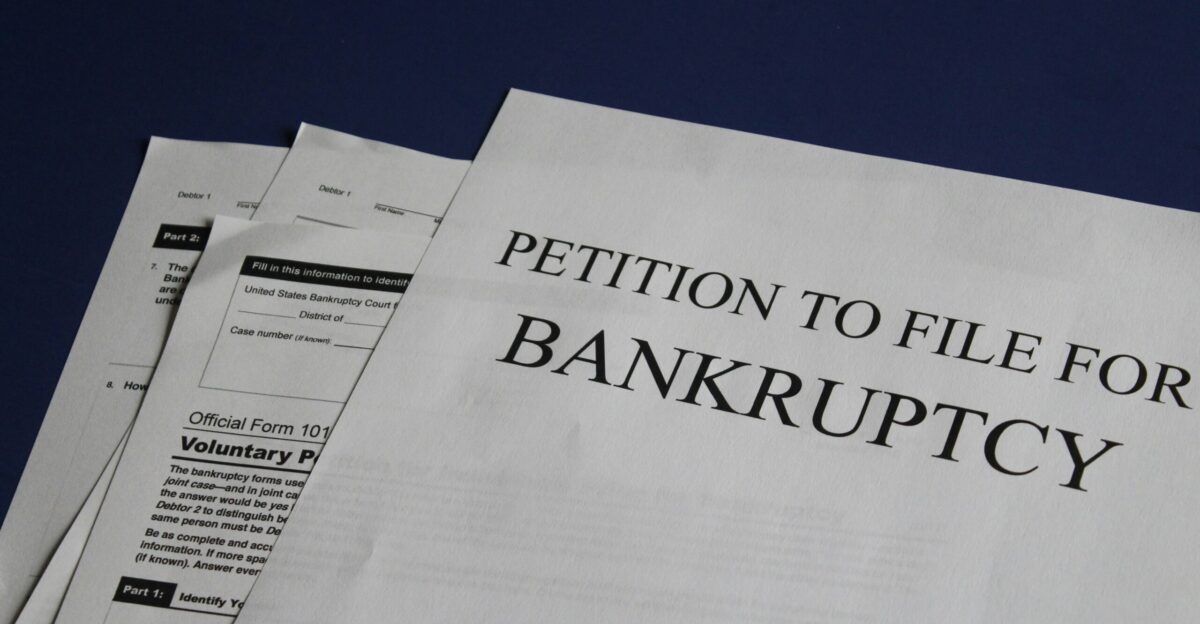
A 178% spike in global cocoa prices in 2024 sent shockwaves through the U.S. candy industry, exposing the vulnerability of small retailers just as Halloween—their busiest season—approached. CandyWarehouse.com, a Texas-based bulk candy supplier, found itself at the epicenter of this crisis, forced to confront financial pressures that threatened its decades-long business.
Halloween Crunch

Seven days before Halloween 2025, CandyWarehouse.com filed for Chapter 11 bankruptcy, a move that underscored the fragility of small candy businesses in the face of commodity shocks. Halloween typically generates the bulk of annual revenue for candy retailers, making the timing of the bankruptcy especially devastating. The company’s sudden collapse became a cautionary tale for the industry, demonstrating how even experienced operators can be undone by unpredictable global market forces.
Industry Roots and Mounting Pressures
Founded in 1998, CandyWarehouse.com grew into a nationwide supplier, serving hotels, restaurants, and event planners from its headquarters in Sugar Land and warehouse in Carrollton, Texas. The company weathered previous economic storms, including the dot-com crash, the 2008 recession, and the COVID-19 pandemic. However, the cocoa price surge proved far more disruptive. In 2024, online sales dropped by 10–20%, with projections suggesting a 50% decline in 2025. Rising ingredient costs, shrinking product sizes, and shifting consumer preferences toward healthier treats compounded the pressure, leaving the company struggling to remain competitive.
Bankruptcy and Local Impact

On October 24, 2025, CandyWarehouse.com reported assets of about $224,000 against liabilities between $2.8 million and $3.2 million. The Chapter 11 filing was intended as a debt-restructuring strategy, not an immediate shutdown, but it confirmed that even established players are vulnerable to external shocks. The bankruptcy had significant repercussions for Texas, where the company’s facilities provided jobs and supplied bulk candy to regional businesses. The collapse raised concerns about the sustainability of small retailers and highlighted the dependence of local communities on these enterprises for employment and product supply.
Human Toll and Competitive Landscape
CandyWarehouse.com employed roughly 17 people and generated $4.5 million in annual sales. The bankruptcy left staff and leadership facing uncertainty as they navigated the complex restructuring process. CEO Mimi Kwan described the company as “a little fish in a big sea,” competing with giants like Amazon, Target, and Walmart. Meanwhile, major chocolate brands responded to the cocoa price surge by raising retail prices—Hershey by 10–20%, Lindt by 15.8%, and Mondelez passing costs to consumers. These moves demonstrated how price shocks ripple through supply chains, ultimately affecting shoppers.
Macro Trends and Supply Chain Strain

Chocolate’s share of Halloween candy sales fell from 52% to 44% in 2025, as consumers increasingly favored sugar-free and functional treats. This shift coincided with inflationary pressures, creating a double challenge for small retailers specializing in traditional chocolate products: higher ingredient costs and shrinking market share. Cocoa futures reached $12,646 per metric ton in 2024, more than double historical norms. Crop failures in Ghana and the Ivory Coast—countries responsible for about 60% of global cocoa production—drove farmgate price hikes of 45% and 20%, respectively. These disruptions created a perfect storm that small retailers like CandyWarehouse.com struggled to survive.
Survival Strategy and Industry Reflection
CandyWarehouse.com’s Chapter 11 filing allowed it to continue operations while reorganizing debts, aiming to adapt to new market realities rather than liquidate immediately. The company’s experience illustrates the balancing act small businesses must navigate between maintaining operations and managing mounting financial pressure. Industry analysts warn that additional small candy retailers could face collapse if cocoa prices remain high and consumer preferences continue shifting away from traditional sweets. The risk of further bankruptcies looms, showing how market volatility disproportionately affects smaller operators compared to large, diversified competitors.
Looking Ahead

A court hearing scheduled for October 29, 2025, will determine whether CandyWarehouse.com can continue operations, pay employees, and meet supplier obligations during restructuring. The outcome could set a precedent for similar small-business Chapter 11 cases, influencing how other retailers respond to financial shocks in the candy sector. The cocoa price crisis highlights weaknesses in global commodity supply chains, suggesting that policymakers may need to strengthen agricultural resilience and address market volatility to protect small businesses from similar shocks. Without intervention, independent operators remain highly vulnerable, demonstrating how global events can directly impact Main Street enterprises. As traditional candy loses ground to healthier alternatives, small retailers must innovate to stay relevant or risk disappearing in a market that increasingly favors health-conscious choices over nostalgic classics.